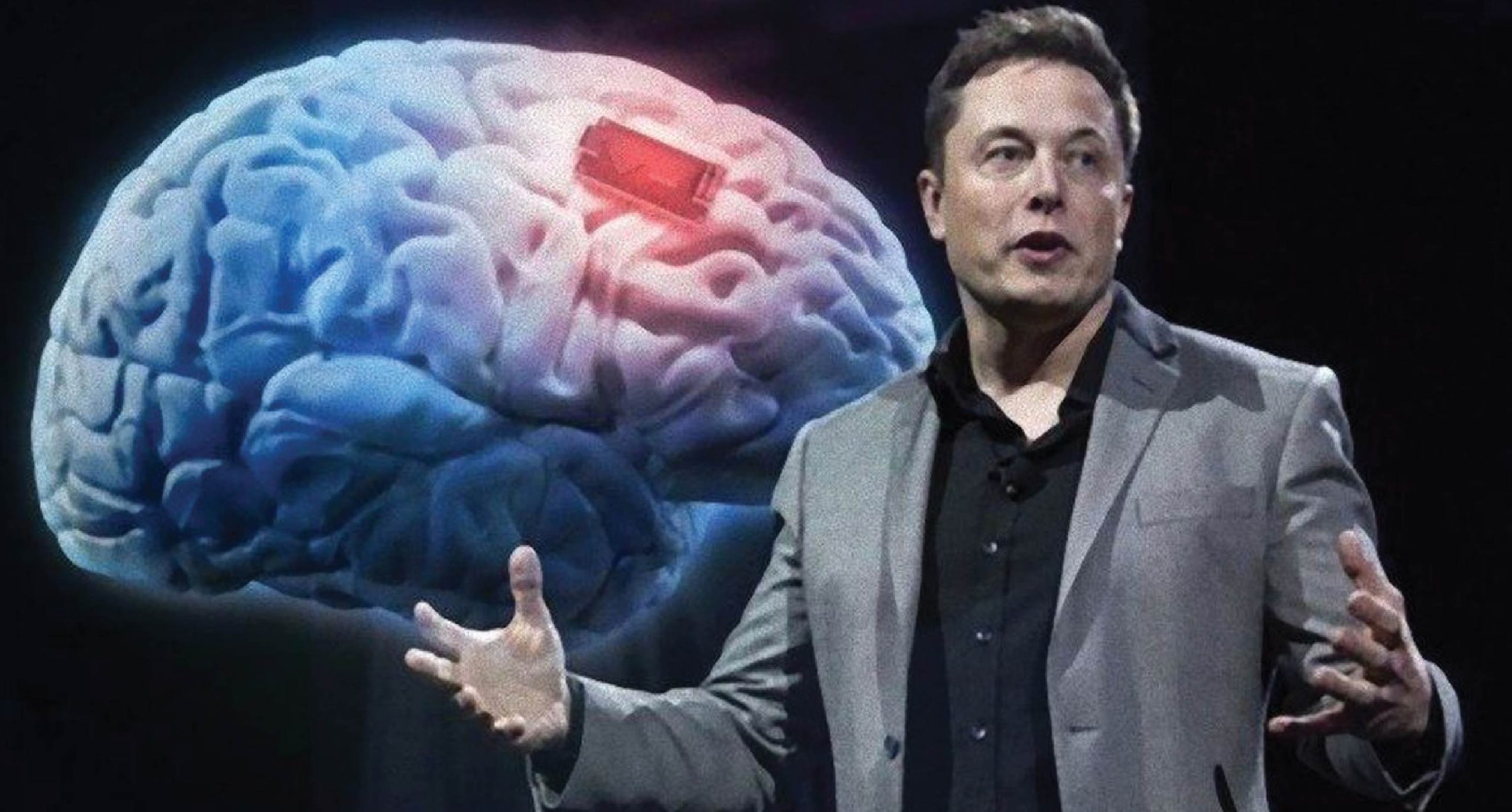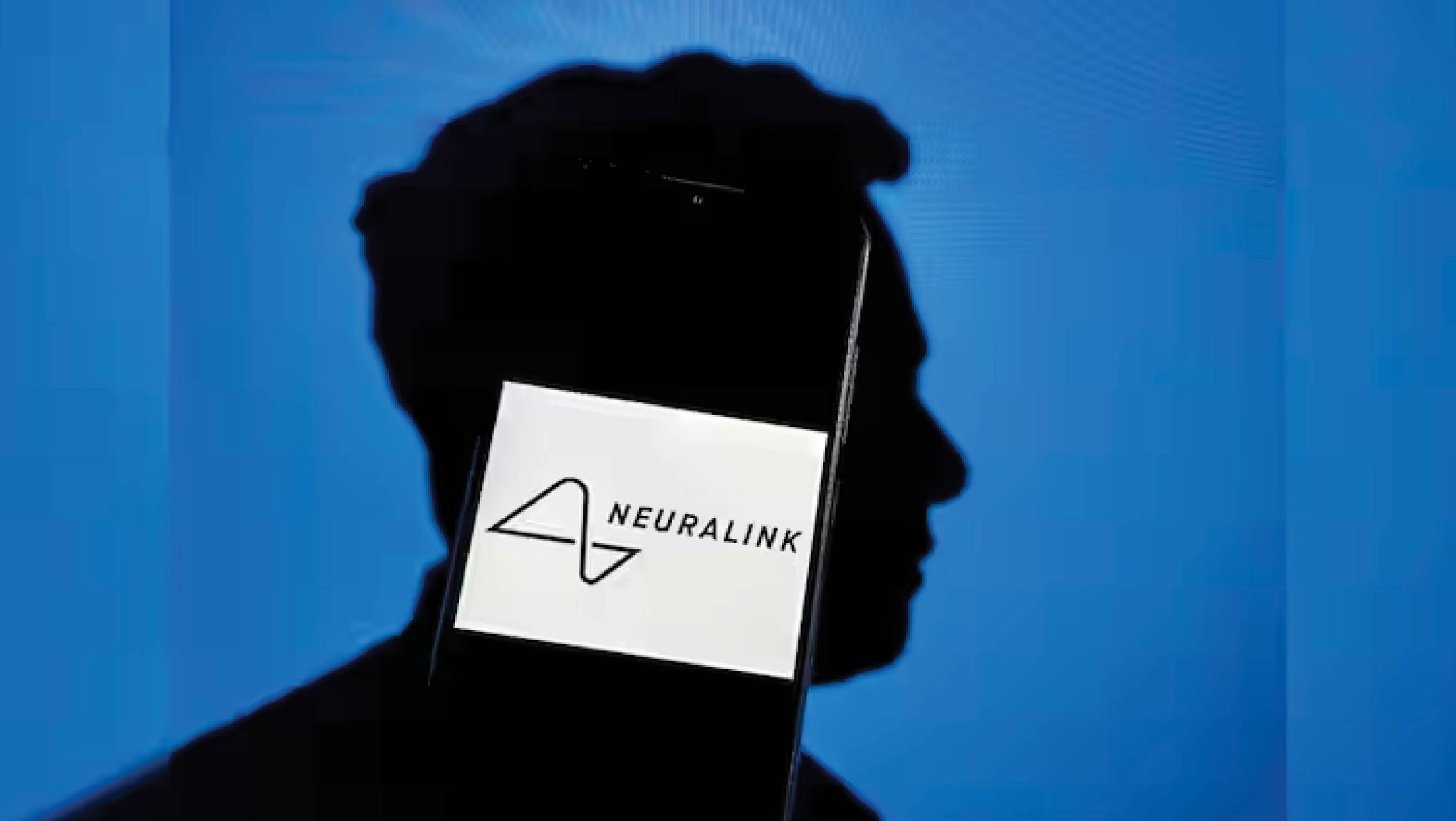Examining both the optimistic and cautionary aspects of Neuralink’s groundbreaking first-in-human brain implant trial.
Not since the famously cold lines delivered by the renegade starship computer HAL 9000 in Stanley Kubrick’s ‘2001: A Space Odyssey’ has the prospect of brain-computer interfaces (BCIs) captured the public imagination quite like Neuralink. Neuralink, the brainchild of Elon Musk, the visionary entrepreneur behind SpaceX and Tesla, aims to revolutionise our interaction with technology by creating a direct link between the human brain and computers. And now, with the commencement of its first human trials, Neuralink stands poised to usher in a new era in neuroscience and artificial intelligence.
ROBO-SURGEON MEETS BRAIN
Neuralink’s audacious venture into human trials takes centre stage with Project PRIME, an aptly named acronym for Precise Robotically Implanted Brain-Computer Interface. As the name implies, the process involves a highly sophisticated dance between human and machine, with a robot meticulously placing the implant’s microscopic threads into a movement-related region of the brain, alongside a coin-sized control unit dubbed the N1. No longer confined to the sterile realm of scientific inquiry, this procedure represents a pivotal moment in BCI history as it ventures into the human frontier, marking a significant advancement in neural interface technology.
THINK IT, DO IT!
Imagine reaching for your phone – not with a physical grab, but with a mere thought, or controlling a prosthetic limb with the same natural fluidity as your own, effortlessly raising your hand to greet someone, or pouring a glass of water. This groundbreaking vision, which sounds almost like a cyberpunk fantasy, underpins the core objective of Project PRIME – a future where interaction transcends physical limitations and empowers individuals through the power of thought. The implant, designed to interpret a person’s neural activity, empowers individuals to operate devices without any physical movement or inconvenient wires. Neuralink describes it as a ‘cosmetically invisible implant’ nestled within the brain’s movement processing centre, designed to bring back the experience of regular life to patients with paralysis or neurological disorders.
THREADS THINNER THAN HAIR
While Neuralink isn’t the only BCI player, its human trials have sparked a great deal of hype and curiosity. But what really sets it apart? Many BCIs are non-invasive, using external devices like an electroencephalogram (EEG), and while they show promise, they remain limited by their indirect presence. Neuralink’s implanted N1 device, however, tackles the problem by literally going deeper – within the brain, in fact. The implant itself is a testament to cutting-edge engineering. When implanting the interface, Neuralink minimises cortical damage by employing custom-made microscopic needles, merely 10-12 microns wide – thinner than individual red blood cells.
Each N1 implant boasts 1024 electrodes, spread across 64 ultra-thin threads, maximising its ability to capture and transmit intricate neural signals. But PRIME extends beyond the implant itself. The surgical robot responsible for insertion plays a crucial role in precise and minimally disruptive placement. Additionally, the Neuralink user app forms the communicational bridge between the implant and external devices like computers or smartphones. This app translates decoded neural signals into actionable commands, enabling seamless control of paired devices without direct physical interaction.
NO WIRES, NO WORRIES
Another remarkable aspect of PRIME is the implant’s wireless charging capabilities. A compact inductive charger, worn externally, transmits energy through the skin, completely eliminating the need for any sort of wired charging through externally implanted physical ports. This innovation not only enhances user comfort but also reduces risks of electrocution and infection.
RESTORED INDEPENDENCE
As mentioned earlier, Neuralink’s Project PRIME holds immense potential for improving the lives of individuals suffering from paralysis and other neurological conditions. The company envisions a future where they would regain their ability to independently and freely interact with the world and express themselves freely, unconstrained by physical limitations. This dream of restoring lost function and offering newfound autonomy serves as a powerful driving force for continued research and development.
Neuralink’s audacious venture into human trials takes centre stage with Project PRIME, an aptly named acronym for Precise Robotically Implanted Brain-Computer Interface.
On 29 January 2024, Elon Musk’s momentous tweet stating “First @neuralink human implanted!” marked a historic turning point. It symbolised the culmination of years of groundbreaking research and development, leading to the successful implantation of a ‘brain-reading’ device in a human participant. This milestone offers a glimpse into a future where individuals with disabilities can navigate the world on their own terms, interacting with technology and their environment through the mere power of thought.
THINKING BEYOND MOVEMENT
While restoring lost motor functions is a crucial initial focus, Neuralink’s ambitions extend far beyond it. Brain-computer interfaces (BCIs) can enhance various facets of communication, learning, and even creativity. Imagine instantly translating languages within your mind, or accessing vast information databases directly through a brain-computer connection. These are just a few possibilities offered by augmented cognition, which can entirely reshape fields like education, art and entertainment.
In education, BCI technology could completely change the learning experience, enabling personalised learning pathways and accelerated knowledge acquisition. Imagine researchers accessing vast databases through thought alone, streamlining scientific discovery and innovation. Even fields of art, music and athletics would not go untouched by BCI. Imagine artists composing symphonies or choreographing dances directly from their imagination, or athletes pushing their physical limits through a symbiotic mind-machine interface.
PANDORA’S BRAIN
Neuralink’s journey isn’t without its challenges. Ethical questions surround its animal testing practices, with concerns about the welfare of monkeys used in preclinical trials. While Musk emphasises that no monkeys died from the implant itself, the broader debate on animal testing in neurological research continues to remain active.
Furthermore, the BCI’s ability to access and manipulate brain signals raises significant privacy and security concerns. While helping individuals with disabilities regain independence is a noble goal, the possibility of unintended and uninvited consequences showing up is not at all implausible. Scientists and ethicists are particularly concerned about identity theft, password hacking, and even manipulation of autonomy by third parties due to the device’s direct access to users’ thoughts.
SEEDS OF DOUBT
Neuralink’s human trials have begun, but a cloud of secrecy looms overhead. Despite regulatory approval and exciting announcements, details about the implant and trials remain murky. Neuralink’s absence from ClinicalTrials.gov, a platform championing transparency, raises eyebrows among scientists who emphasise data sharing as the cornerstone of collaboration, learning, and ultimately, better patient care. Furthermore, whispers of bias in academic journals, favouring positive results and silencing valuable insights from unsuccessful trials, fuel concerns about the emergence of a distinctly skewed narrative.
Neuralink’s funding model, driven by private investors seeking profit maximisation, raises questions about probable conflicts with patient well-being. Musk’s ambitious goal to expand BCIs on healthy humans ignites questions about access and equality, a cornerstone of medical ethics. Concerns have also been raised about the possible widening of social inequalities if such ‘supercharged’ brain-computer interfaces become accessible only to the wealthy.
Neuralink’s absence from ClinicalTrials.gov, a platform championing transparency, raises eyebrows among scientists who emphasise data sharing as the cornerstone of collaboration, learning, and ultimately, better patient care.
However, a more immediate concern lies in the extremely prosaic form of funding limitations. Regardless of how much value the device is shown to be capable of providing individuals with disabilities in its future trials, if its research funding dries up, access to it could become all but unattainable. This scenario presents agonising ethical dilemmas regarding the provision of ‘early access’ to potentially life-altering technologies before full FDA approval.
STANDING AT THE THRESHOLD
Neuralink’s human trials teeter on a delicate tightrope, balancing immense promise against ethical ramifications. The future holds glittering possibilities – individuals reclaiming lost physical independence, knowledge barriers crumbling, and creative expression soaring into and beyond our wildest imaginations. But beneath this utopian vision lurk the ominous shadows of privacy concerns, identity questions, and even dystopian societal divides lifted straight out of an episode of ‘Black Mirror’.
As we stand at the edge of this precipice, where humanity, technology and ethics are about to converge, a misstep could plunge us into unforeseen consequences. This future won’t be written in code or dictated by monoliths, but it will be forged in the fires of collaboration, responsible action, and our unwavering commitment to ethical development. Will we choose to chart a course that prioritises both human well-being and technological advancement? Or will we succumb to fear, allowing this glorious odyssey to veer off course into the abyss? The answer, unlike HAL’s directives, lies not in technology, but in the choices we make today.

















